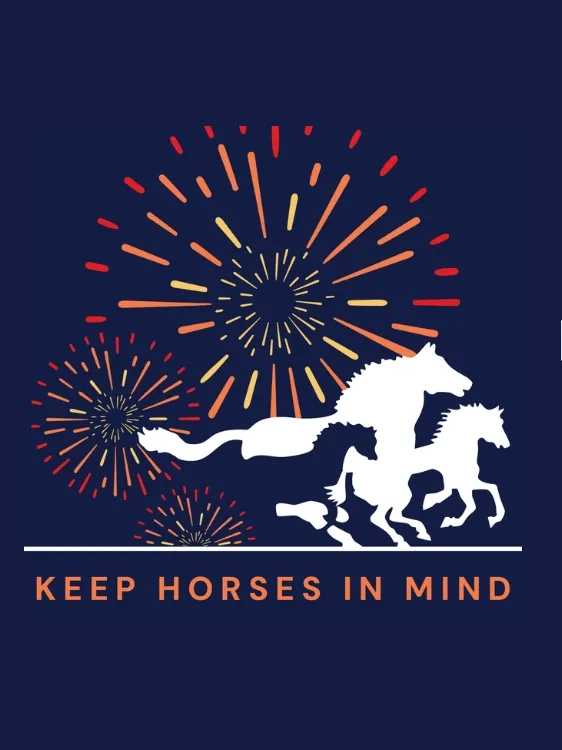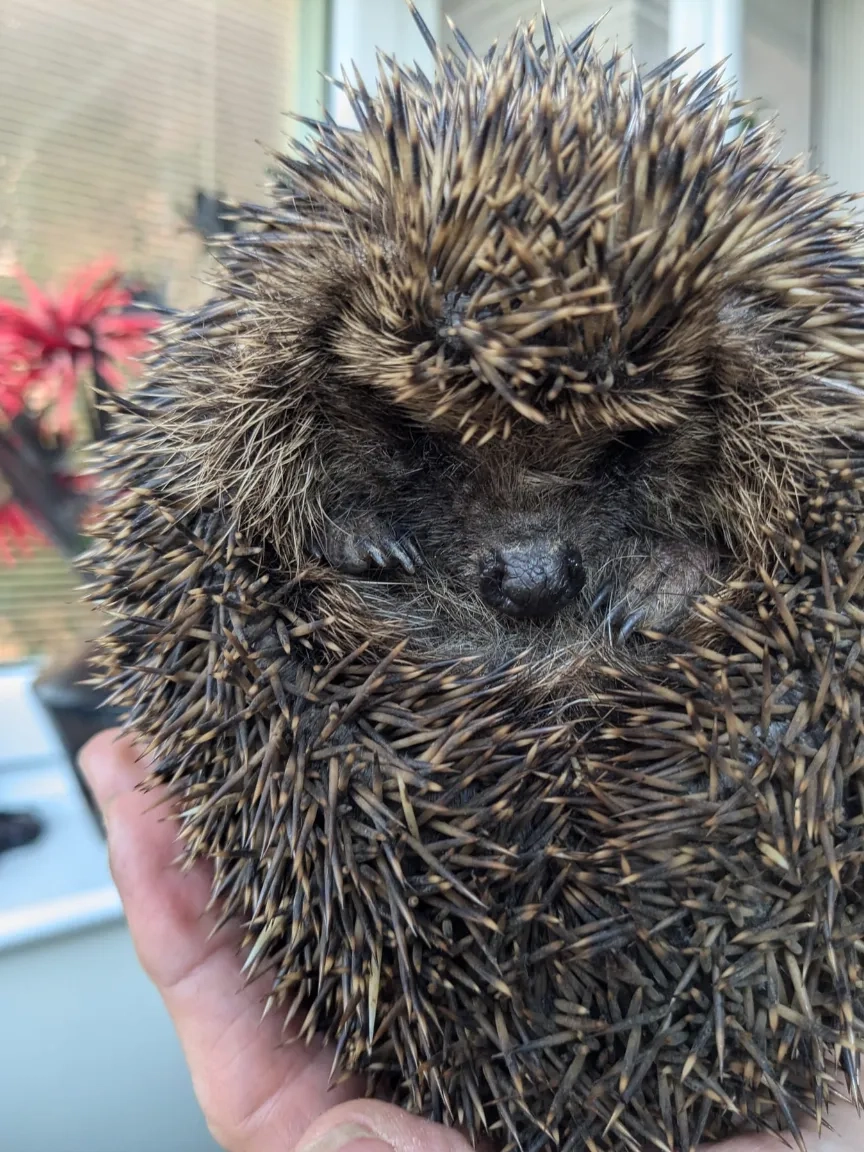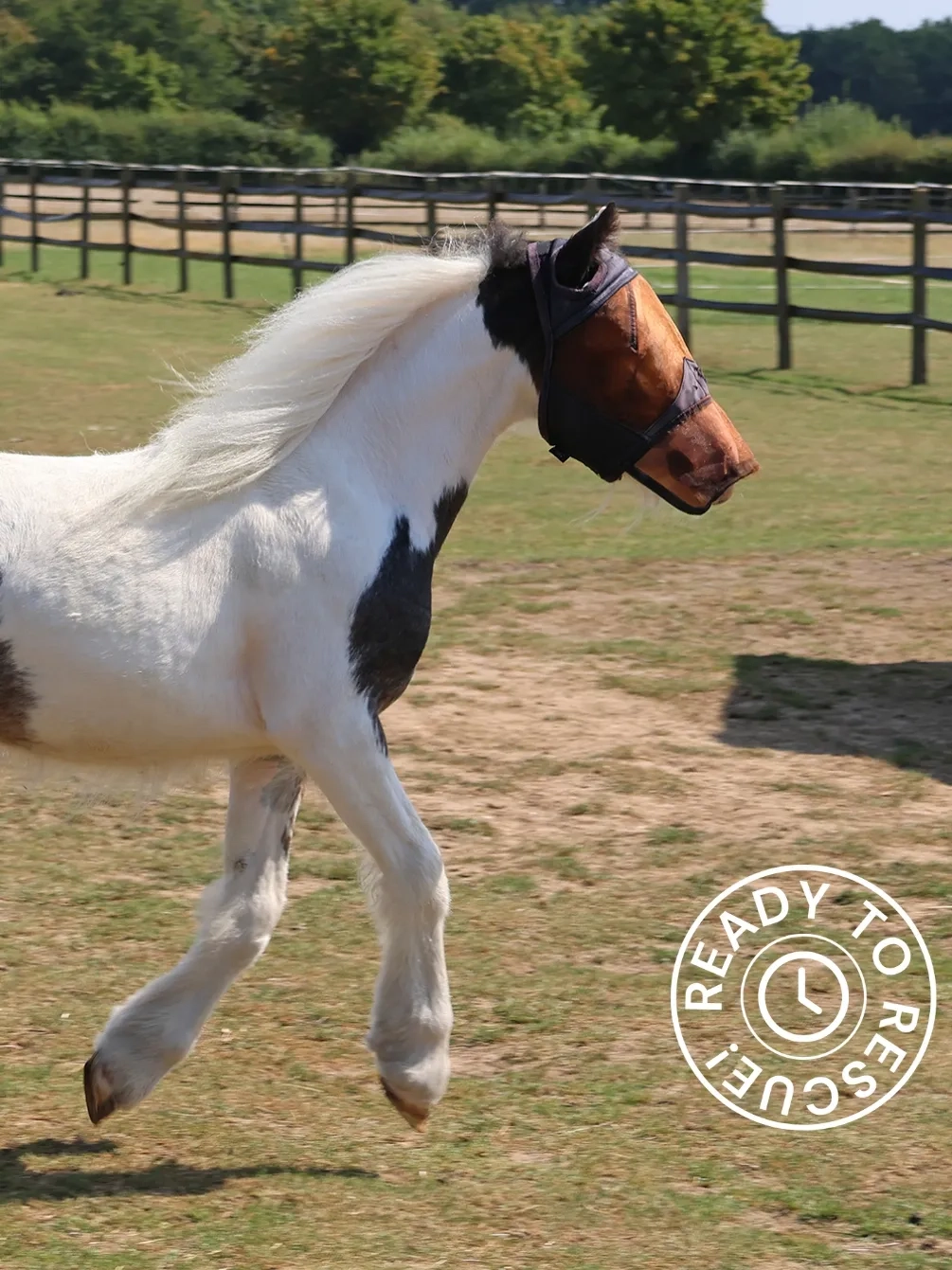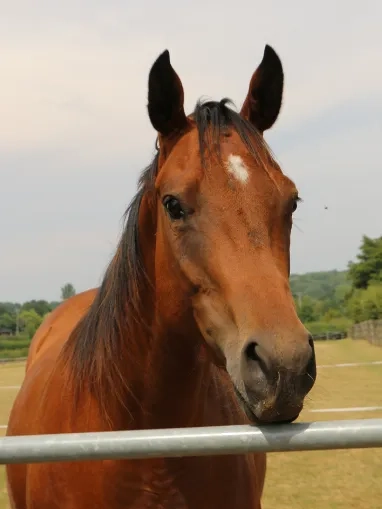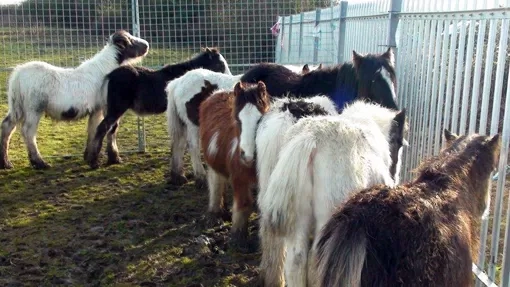
Abandonment/fly-grazing
Looking for answers to concerns or queries about fly-grazing and the UK horse crisis?
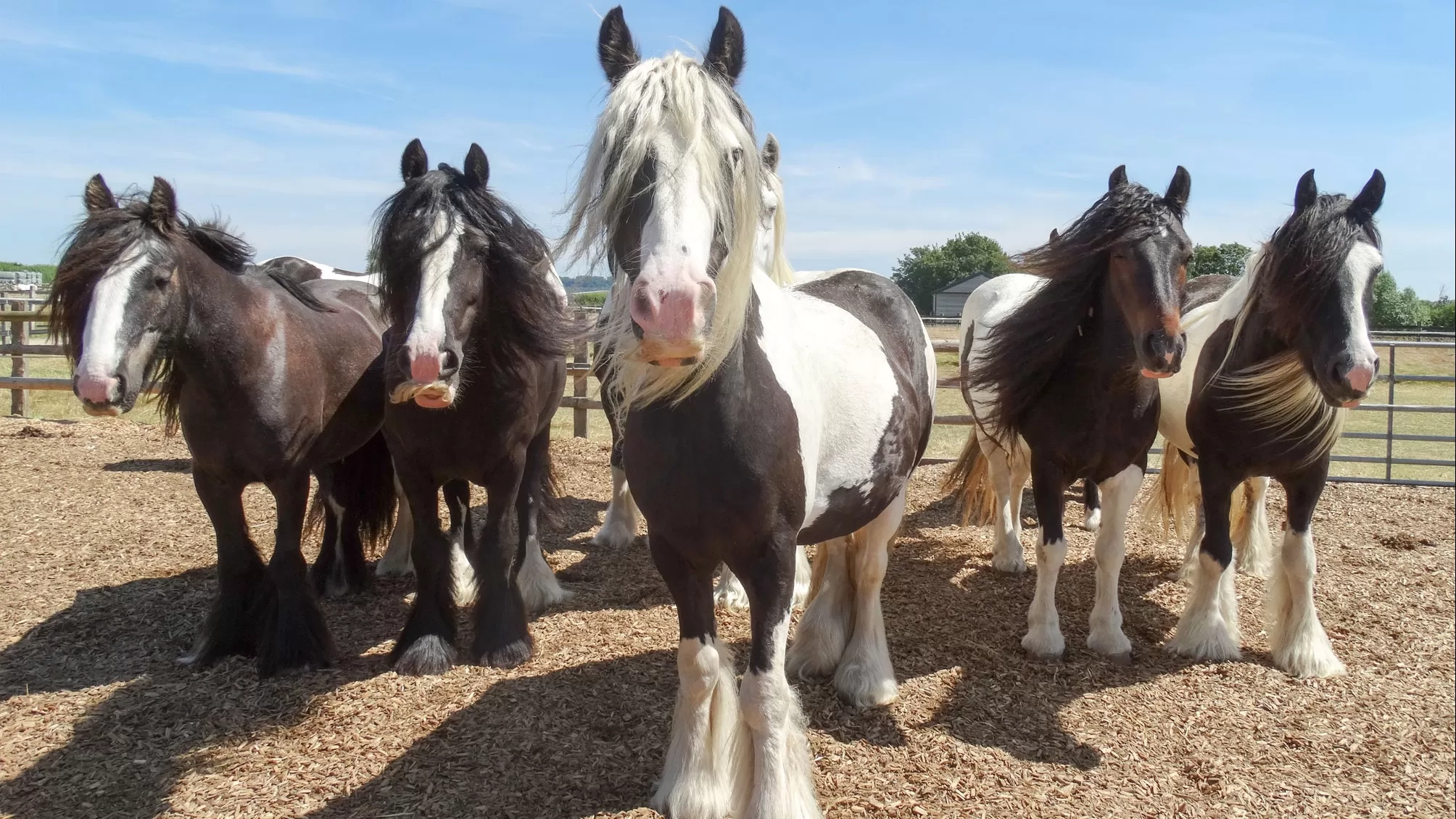
Field notes
Using experience and insights from our own exceptional Veterinary, Welfare and Behaviour teams, we have compiled a series of Field Notes. These are free to download guides around the issues that may affect you as a horse owner, such as helping protect your horse form infectious diseases to managing your horse's weight and understanding behaviours.
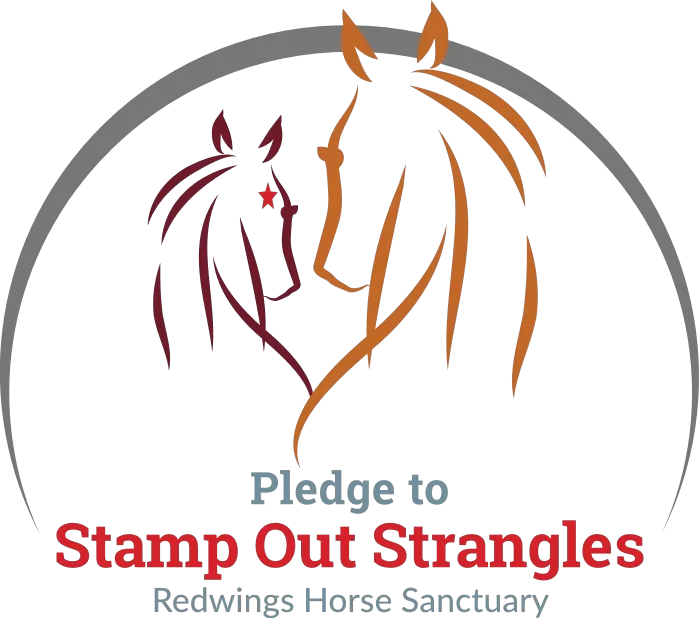
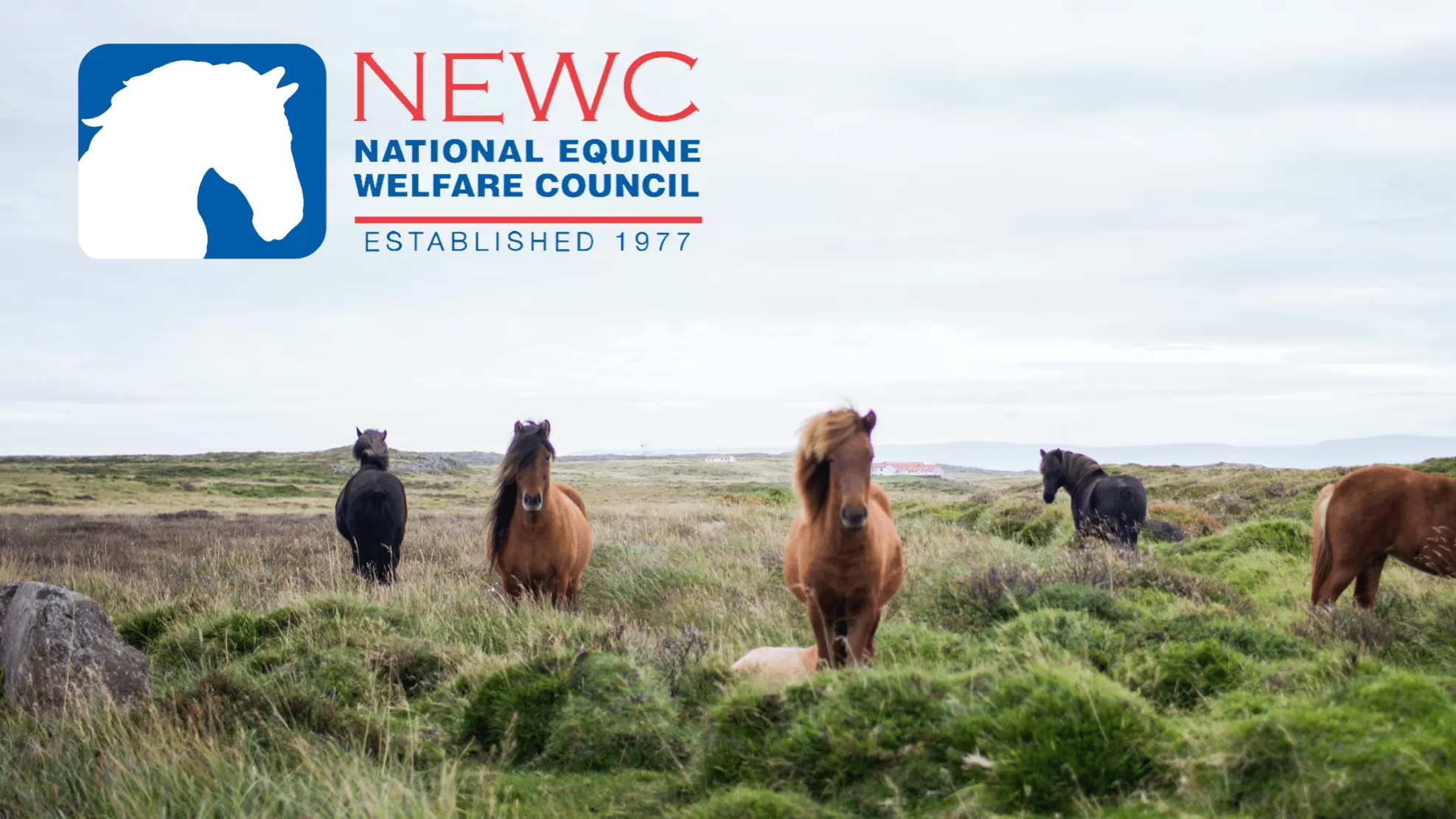
Advice on rehoming your horse
We're currently running at full capacity and can only accept horses into the Sanctuary in exceptional circumstances or those found in welfare-compromised situations.
You may find a rescue centre that has space available for your horse via the National Equine Welfare Council.
Visit the National Equine Welfare Council
